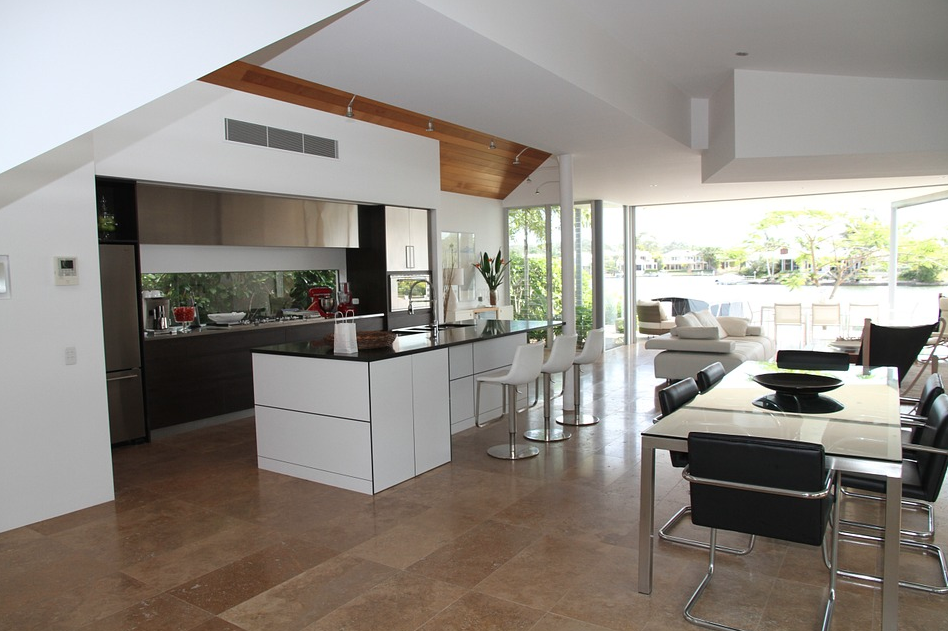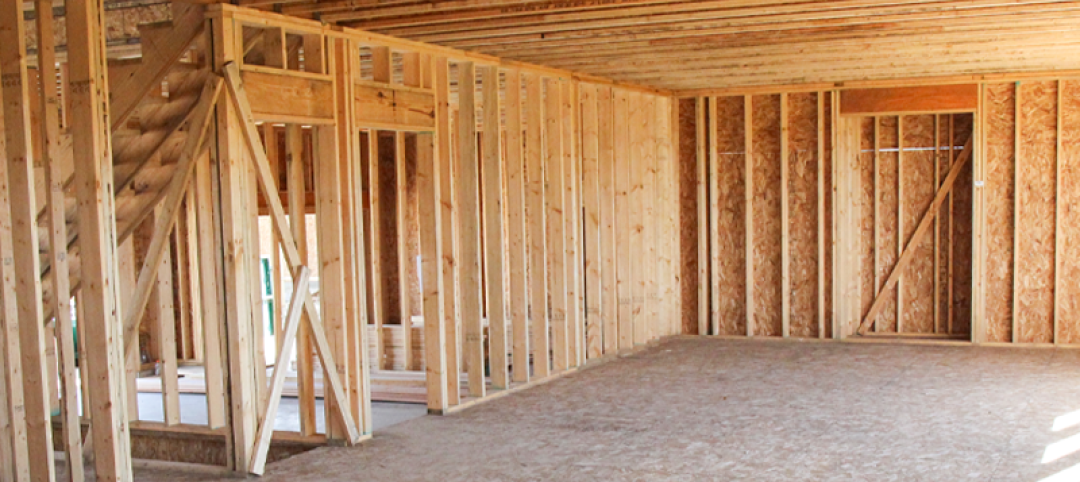Trends, ideas, and considered opinions from multifamily developers and market experts at Marcus & Millichap’s “Multifamily Forum,” held earlier this year in Chicago:
> Bigger units are selling like crazy. “The supply of condos out there is high end and much larger in size,” said Tom Weeks, Executive General Manager for Development, Lendlease. Ditto for rentals, said James Letchinger, President, JDL Development. “We’re seeing a new wave of renters with empty nesters wanting to move downtown,” he said. His firm experienced “unbelievable leaseup” for the larger units in one of its downtown buildings.
> The workforce shortage is killing business. “There just aren’t enough subs to get the work done,” said Letchinger. “There’s a huge workforce out there that’s just not being tapped. We need to get people into the unions, and we need the big contractors to help more minorities to become owners of their subtrade firms.”
> Keyless entry is going to be the new norm in multifamily. Alex Samoylovich, CEO, Cedar Street, said he’s working toward keyless entry via tenants’ cellphones across his firm’s portfolio of 18 properties. “Seventy-five percent of our tenants have given us permission for keyless entry into their units to deliver packages,” he said. Keyless technology can even be a revenue stream, he said. “We did $85,000 last year in lockouts.”
> Parking is going away in crowded urban markets. “Our ratio now is 0.4 spaces/unit, and zero parking in TODs,” said Sar Peruri, Principal, Oxford Capital Group, developer of the 429-luxury-unit Essex on the Park, Chicago. Derek Lopez, Managing Director, GEM Realty Capital, said his firm is looking into how to repurpose its parking decks down the road. But panelists agreed that resident parking is still essential in second-tier cities and the suburbs.
> Figuring out what Millennials want remains a puzzlement. “They’re now 35, not 25, and they’re forming families,” so their housing demands are changing, said Jim Driscoll, SVP of Development, Waypoint Residential. But John S. Sebree, Marcus & Millichap’s National Director of Multifamily, said, “Tenants in B and C apartments”—many of whom presumably are Millennials—“will usually start buying homes, but that’s just not happening.”
> The amenities war is “out of control,” said Alan George, Chief Investment Officer, Equity Residential. “We’re building small, usable conference rooms, with really good WiFi,” he said. “That’s really important.” But he questioned whether building, say, a full indoor basketball court is justifiable. Choosing the right mix of amenities for each project is critical.
> Rightsizing amenities remains an art form. Lindsey Senn, VP at Chicago developer Fifield, said that at the firm’s 390-unit Sinclair luxury tower, “We built the biggest fitness center we’ve ever done, and the residents said they wanted even more.”
> Teamwork is more important than ever. “With construction costs going up, the teamwork with the developer, the contractor, the architect, and the interior designer has to be even more intense,” said Jack Boarman, Partner, BKV Group. “We need to find new ways of manufacturing, like modular baths, and subtrade innovation that can save time and money.”
Related Stories
Adaptive Reuse | Jul 27, 2023
Number of U.S. adaptive reuse projects jumps to 122,000 from 77,000
The number of adaptive reuse projects in the pipeline grew to a record 122,000 in 2023 from 77,000 registered last year, according to RentCafe’s annual Adaptive Reuse Report. Of the 122,000 apartments currently undergoing conversion, 45,000 are the result of office repurposing, representing 37% of the total, followed by hotels (23% of future projects).
Multifamily Housing | Jul 25, 2023
San Francisco seeks proposals for adaptive reuse of underutilized downtown office buildings
The City of San Francisco released a Request For Interest to identify office building conversions that city officials could help expedite with zoning changes, regulatory measures, and financial incentives.
Sponsored | Multifamily Housing | Jul 20, 2023
Fire-Rated Systems in Light-Frame Wood Construction
Find guidance on designing and building some of the most cost-effective, code-compliant fire-rated construction systems.
Multifamily Housing | Jul 13, 2023
Walkable neighborhoods encourage stronger sense of community
Adults who live in walkable neighborhoods are more likely to interact with their neighbors and have a stronger sense of community than people who live in car-dependent communities, according to a report by the Herbert Wertheim School of Public Health and Human Longevity Science at University of California San Diego.
Affordable Housing | Jul 12, 2023
Navigating homelessness with modular building solutions
San Francisco-based architect Chuck Bloszies, FAIA, SE, LEED AP, discusses his firm's designs for Navigation Centers, temporary housing for the homeless in northern California.
Sponsored | Fire and Life Safety | Jul 12, 2023
Fire safety considerations for cantilevered buildings [AIA course]
Bold cantilevered designs are prevalent today, as developers and architects strive to maximize space, views, and natural light in buildings. Cantilevered structures, however, present a host of challenges for building teams, according to José R. Rivera, PE, Associate Principal and Director of Plumbing and Fire Protection with Lilker.
Mass Timber | Jul 11, 2023
5 solutions to acoustic issues in mass timber buildings
For all its advantages, mass timber also has a less-heralded quality: its acoustic challenges. Exposed wood ceilings and floors have led to issues with excessive noise. Mass timber experts offer practical solutions to the top five acoustic issues in mass timber buildings.
Multifamily Housing | Jul 11, 2023
Converting downtown office into multifamily residential: Let’s stop and think about this
Is the office-to-residential conversion really what’s best for our downtowns from a cultural, urban, economic perspective? Or is this silver bullet really a poison pill?
Adaptive Reuse | Jul 10, 2023
California updates building code for adaptive reuse of office, retail structures for housing
The California Building Standards Commission recently voted to make it easier to convert commercial properties to residential use. The commission adopted provisions of the International Existing Building Code (IEBC) that allow developers more flexibility for adaptive reuse of retail and office structures.

















